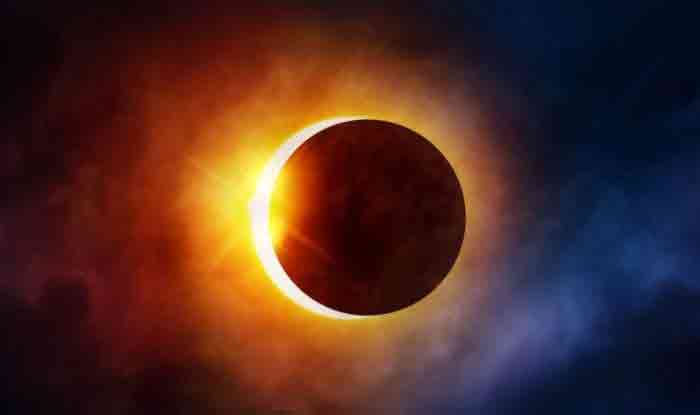New Delhi: With the year 2020 coming to an end, the world will witness this year’s last solar eclipse on December 14 (Monday) which will last for around five hours. The only total solar eclipse of 2020 will track across the southern end of South America and will be visible to people in certain regions of Chile and Argentina if the weather remains clear. Some locations in southern South America, south-west Africa, and Antarctica will also be able to see the partial phase of this South American total solar eclipse. Needless to say, this spectacle will likely be awesome and can also be seen from well-placed boats or ships in parts of the Pacific and Atlantic oceans.
According to data given in timeanddate.com, the partial eclipse will begin at 7.04 PM (IST) on December 14 whereas the full eclipse will begin at 8:02 PM (IST) and the solar eclipse will reach its peak at 9:43 PM(IST) and end at 12:23 (AM) IST on December 15. And since, this total eclipse will not occur during day time it will not be visible to the people of India.
This remarkable celestial event will happen when the Moon passes between the Sun and the Earth, blotting out the fiery disk and creating a temporary darkness along its path of totality.
The previous and first solar eclipse of year 2020 was an annular solar eclipse which occurred on June 21. So far, we have also seen four penumbral lunar eclipses in the year 2020.
A year can witness between two to five solar eclipses, with each one being visible only from limited areas. However, in most years we witness only two solar eclipses. Reaching the maximum number of five solar eclipses is said to be very rare. According to the calculations made by National Aeronautics and Space Administration (NASA), the last time it took place was in 1935 and the next time it will be in 2206. Also, in the last 5,000 years, we have seen five solar eclipses in a year only 25 times.
